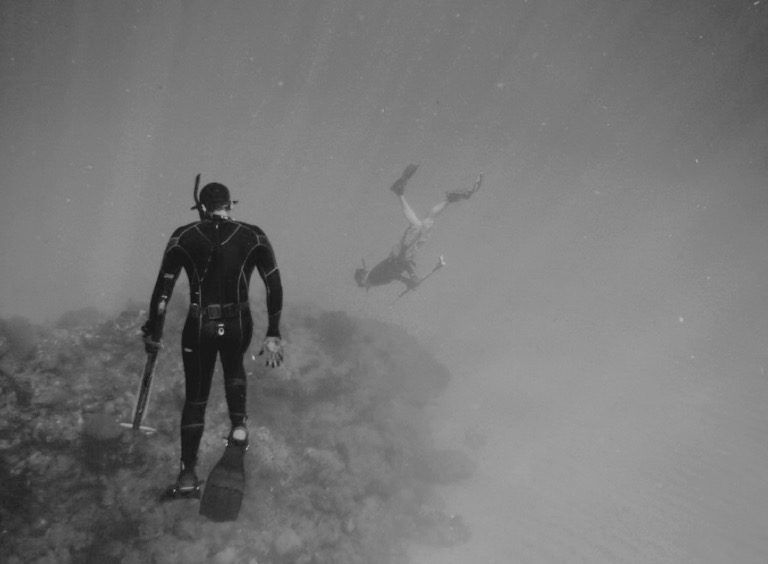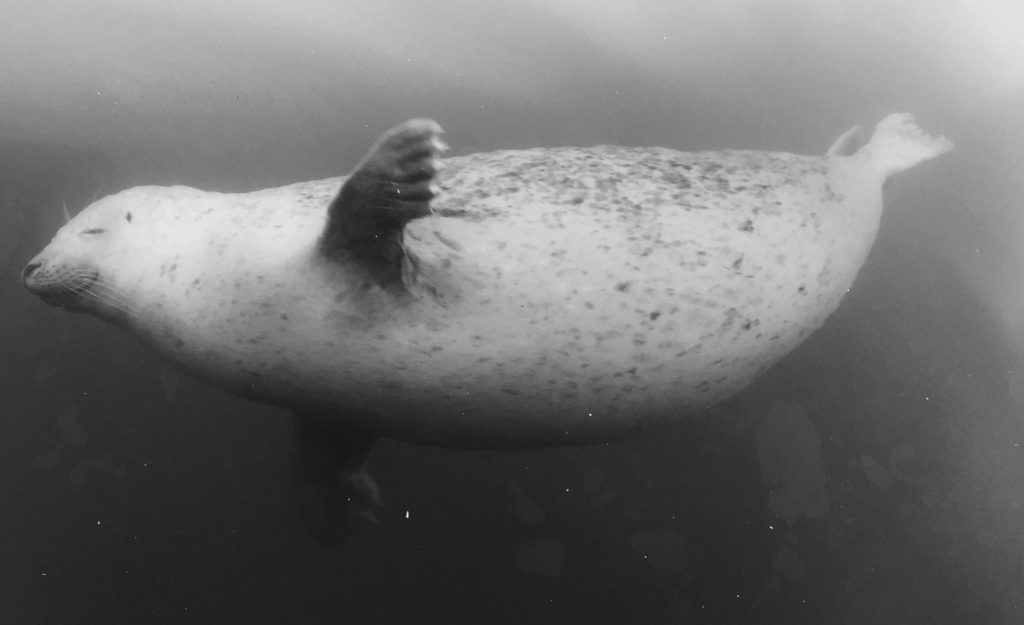
So to start, we should ask…
What is breath holding?
The current world record for a single breath hold is 11:35sec set in 2009, set by Stephane Mifsud who prepared himself by relaxing and lowering his heart rate to reduce the bodies energy expenditure while he lay face down suspended in water. Some athletes I have worked with dont have this luxury, they usually want to become more comfortable holding their breath in challenging situations such as:
- Finishing a 100m freestyle race
- Firing a rifle at a target after a 15km bi-athalon race
- Being held down after surfing a large wave
- Swimming underwater to chase a large fish
How does Inspiratory muscle training (IMT) help breath hold?
IMT is taking the breathing muscles to the gym. Using strength training principles and a pressure threshold device, we measure and deliver evidence based protocols which reduces the fatiguability of the breathing muscles.
In previous posts we have shown that the breathing muscles fatigue, with as little as 1min of heavy breathing. But how does this impact the ability of someone to achieve a longer breath hold?
Working with Griffith University, and a leader in the respiratory mechanics field, we will look at an article by (Cross, et al 2012). They quantify the pressure development by the breathing muscles when a person is holding their breath, and how this pressure development contributes to the fatigue of the breathing muscles.

The Breath hold.
The breath hold response can be divided into 2 distinct phases. The first phase we will call “easy street” where the body is not asking for air and no movement of the breathing muscles occur. In this study “easy street” lasted on average 115 seconds for the trained divers. If your new to breath hold this phase may only last 20 seconds.
The second phase of the breath hold, “struggle street” is where the air hunger becomes high enough for the breathing muscles to self contract to try and deliver the air the body is craving. You can actually see and feel the breathing muscles contracting, trying to overcome the closed airway and take a breath. These involuntary muscle contractions “struggle street” lasted on average for 94 seconds during testing.
During struggle street, initially the diaphragm contributes the most to the involuntary contractions, then progressive recruitment of the rib cage muscles became evident towards the end of the breath hold manoeuvre. The energetic demand of these muscles rises up to 15 X toward the end of the breath hold. If we improve the strength of these muscles, and reduce their fatiguability we reduce their energetic demands and we aim to deliver longer breath hold times.
During the struggle phase, the body shifts a larger muscular response to the rib cage muscles trying to preserve the diaphragm. The pressures developed in the rib cage towards the end of the struggle phase are known to cause task failure in the diaphragm. As described the muscles are generating more and more pressure to try and deliver the body a breath, meanwhile the diver is holding their breath preventing air entering the body. So the muscles are working harder and harder, meanwhile the oxygen available for these muscles is getting lower and lower so the breathing muscles are experiencing fatigue during a breath hold.

(The above seal looks happy and content underwater, by slowing heart rate they are able to sleep underwater. Humans have an inbuilt reflex to tell us when we need to breath, along with IMT we also train this reflex)
Why should you strength train your breathing muscles for breath hold?
The breathing muscles become fatigued when we hold our breath. The first step to improving breath hold is strength training the breathing muscles to delay the fatigue response and make it more comfortable to breath hold in any condition.
The second step is doing some volume training, if you can take more air in then you can delay “struggle street” and feel more comfortable.
Third step, usually performed by clients wanting to train for specific underwater activities, we begin C02 tolerance training sessions, which exposes clients to “struggle street” in a controlled manner.
Interestingly, the abdominal muscles play a role in the pressure development phase of breath hold, these must play a role in any respiratory muscle training program.
Bringing Science to the Breath.